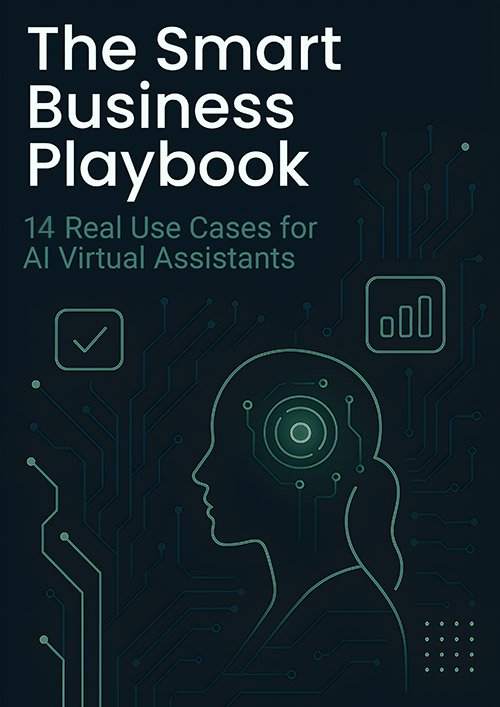To enhance performance review feedback, ask these essential questions: First, how does the individual contribute overall, considering performance metrics and feedback? Then, are their goals aligned with organizational objectives, using frameworks like SMART? Next, explore how they receive feedback, focusing on engagement and openness. Assess the team impact by analyzing collaboration and project results against company goals. Finally, what are their professional development needs based on skills assessments and aspirations? By incorporating these inquiries, you can optimize feedback effectiveness and growth potential. Explore further to refine these strategies and reveal deeper insights into performance management.
Key Takeaways
- What achievements have you accomplished that align with your job responsibilities and KPIs?
- How have your goals contributed to the overall success of the organization?
- How do you perceive and respond to feedback from peers and supervisors?
- In what ways have you positively impacted team performance and collaboration?
- What professional development opportunities do you believe would enhance your skills and career growth?
Assessing Overall Contribution

How can you effectively gauge an employee's overall contribution? Start by evaluating performance metrics tied to job responsibilities and key performance indicators (KPIs). Analyze changes in responsibilities and verify metrics such as attendance and training completion. Self-appraisal comments provide structure for employee performance reflection, which is crucial for creating a more comprehensive evaluation. Don't forget to incorporate feedback mechanisms, gathering insights from peers and self-assessments for a thorough view. Use a multi-dimensional review to assess functional expertise and strategic contribution. Automation of HR tasks enables efficient tracking of employee performance, allowing for more accurate assessments. Identify employee strengths through a SWOT analysis, highlighting their core competencies and areas needing improvement. Provide specific examples to illustrate how they excel in teamwork, reliability, and job knowledge. Regular feedback is essential, offering ongoing insights rather than waiting for annual reviews. This strategic approach guarantees you recognize both performance metrics and employee strengths effectively.
Evaluating Goal Alignment
Having assessed an employee's overall contribution, it's important to secure their efforts align with the organization's strategic goals.
Start by setting clear, measurable objectives that direct individual goals towards established Key Results. This guarantees a cohesive link between personal achievements and organizational success. Highly aligned companies see a 58% increase in revenue and 72% higher profitability, emphasizing the importance of aligning individual efforts with broader company objectives. Additionally, using tools that provide expert guidance can help ensure that employees set effective and achievable goals.
Implement collaborative goal setting strategies to foster ownership and alignment with company objectives. Regular performance tracking, including check-ins and feedback, is essential to evaluate progress and address any misalignment promptly.
Utilize frameworks like SMART or OKR to set measurable goals and track their completion effectively. Leverage goal tracking software for precision in alignment and performance assessment.
Understanding Feedback Reception

Why is understanding feedback reception important in a professional setting? It shapes your feedback mindset, essential for fostering constructive dialogue and driving improvement.
Engaging with feedback requires more than just hearing words—it's about actively listening, maintaining eye contact, and asking questions to clarify understanding. This engagement demonstrates respect and opens the door for a productive exchange.
Cultivating a feedback culture within your organization guarantees that communication channels remain open and feedback is timely and constructive. Actively seeking feedback to demonstrate commitment to growth further establishes a culture of continuous improvement.
Training in feedback reception skills, such as emotional intelligence and adaptability, is critical. Recognize feedback as a growth tool, not personal criticism, and model this behavior to normalize its reception.
This approach builds a transparent, trust-filled environment where ideas thrive.
Measuring Team Impact
Successful feedback reception lays the groundwork for evaluating team impact effectively.
To truly measure team impact, guarantee team alignment with organizational goals. Utilize performance metrics to gauge both team and individual contributions. Effective metrics and assessment strategies optimize productivity and identify strengths and weaknesses, which is crucial for evaluating team impact.
Here's how you can strategically evaluate:
- Align Metrics with Goals: Tie KPIs and productivity levels directly to organizational objectives, guaranteeing team efforts contribute to broader success.
- Assess Collaboration: Use collaboration metrics to evaluate how well team members work together, promoting a cohesive work environment.
- Verify Results: Guarantee that metrics aren't only quantitative but also verifiable through project completion rates and customer satisfaction scores.
Identifying Professional Development Needs

How do you guarantee your team is poised for growth and success? Begin with a skills assessment to uncover gaps and identify development opportunities. Utilize annual performance reviews and regular check-ins to discuss and record these needs. By analyzing performance, you can pinpoint areas where knowledge, skills, or behaviors require enhancement. Encourage employees to voice their own development needs and aspirations, fostering a proactive approach to growth. Establish feedback mechanisms to continuously refine these insights. Align individual objectives with departmental priorities to guarantee strategic consistency. Consider role changes and their impact on development requirements. Flexibility in development plans is crucial to adapt to changing organizational priorities and to ensure your team remains agile. Additionally, comprehensive HR solutions can enhance your approach to identifying and addressing training needs. This thorough strategy enables you to create a tailored professional development path, ensuring your team remains dynamic and prepared for future challenges.
Conclusion
In your quest to enhance performance reviews, focus on these five critical areas. By evaluating overall contributions and reviewing goal alignment, you guarantee clarity and direction. Understanding how feedback is received allows for meaningful dialogue. Measuring team impact highlights collaborative success, while identifying professional development needs fosters growth. Don't reinvent the wheel; instead, refine these aspects to drive both individual and organizational progress. This strategic approach guarantees reviews are not just routine, but transformative.


